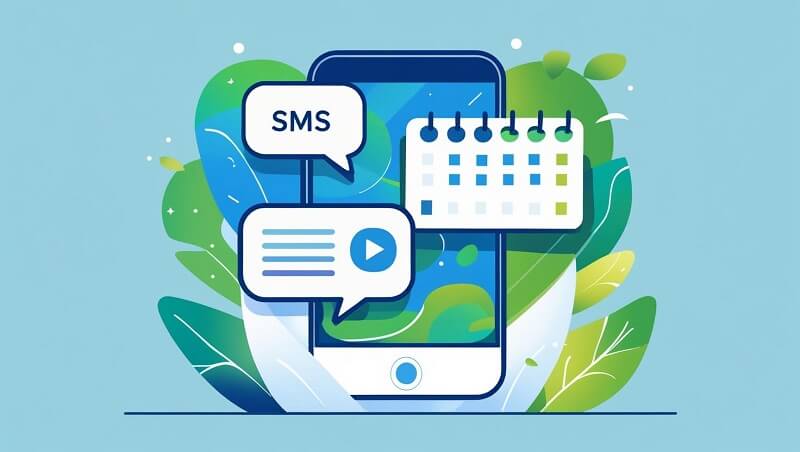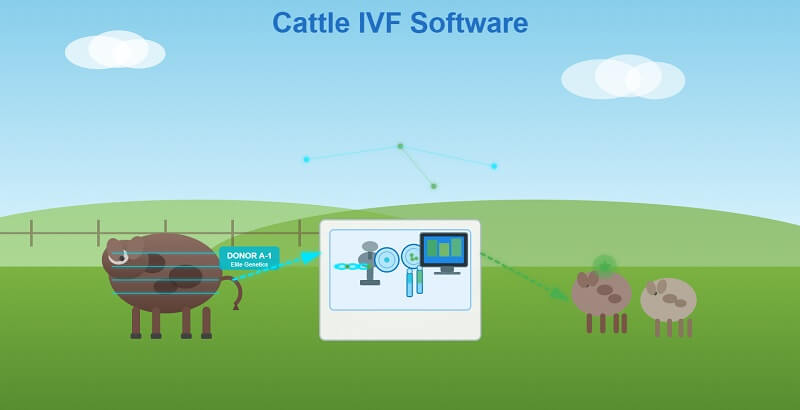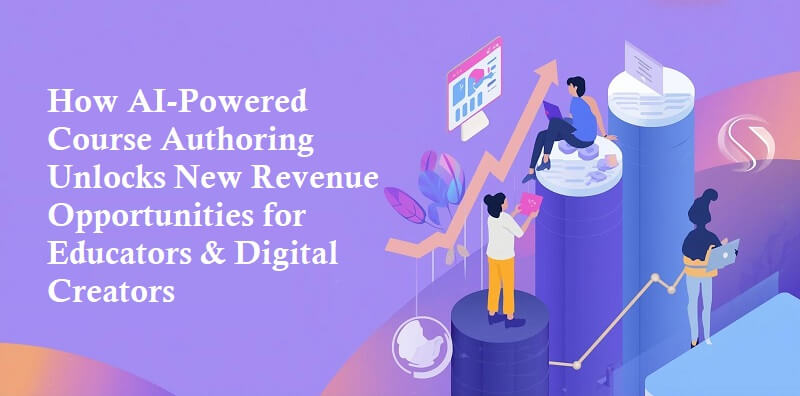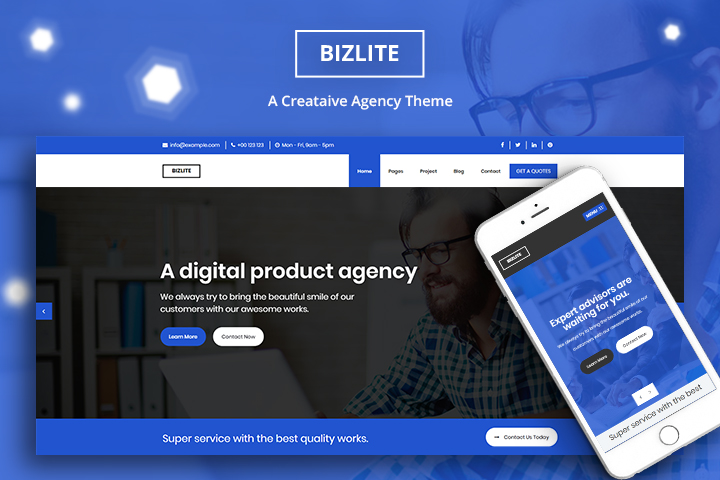Introduction: Why SMS Still Wins for User Engagement
Imagine this:
You’re standing in line at a coffee shop, and just as you place your order, your phone buzzes. It’s a simple SMS: “Your order’s being prepared. ETA: 6 mins.” You don’t even open the app. Your brain registers it, and you smile. That’s the magic of timely, relevant messaging.
Now flip that.
It’s 3:14 a.m. and your phone lights up. “FLASH SALE ENDS TONIGHT!”—except it ended yesterday. Or a delivery alert for something you already received. You’re not impressed. You’re irritated. You’re also unsubscribing.

That’s the difference between smart messaging and spam.
And no, it’s not about fancy design or AI-written copy. It’s about timing, context, and intent. SMS still delivers better engagement than most channels because it’s direct, trusted, and instantly readable. Over 90% of texts are read within 3 minutes, with response times averaging under 90 seconds.
SMS is a heavily regulated and globally recognized communication channel. Most countries have established regulations to ensure responsible SMS communication. These typically require that messages be properly categorized. For example, if it’s a promotional SMS or a transactional SMS, or a verification OTP SMS, users know what to expect. Businesses must also obtain clear user consent before sending messages, and there are strict rules in place to protect recipients from spam and unsolicited communication.
But here’s the catch: most businesses still get it wrong.
They broadcast the same message to everyone. At random hours. Without considering what the user actually needs at that moment.
That’s where smart tools like MessageNow come in. These tools are built for teams that want to engage, not just interrupt. Whether it’s a real-time alert, an OTP, or a nudge to complete a purchase, MessageNow helps you show up with the right message at the right time.
In this guide, we’ll unpack:
- The 5 user moments where SMS can work magic
- What separates a helpful text from a disruptive one
- How top apps drive ROI using targeted messaging strategies
If you’re a product manager, growth marketer, or founder wondering how to actually connect with your users, and not just ping them, this is for you.
Let’s dive in.
The 5 Critical Moments to Send SMS to Users
Engaging & converting customers via SMS isn’t about volume or tools. It’s about precision. The most effective businesses don’t spam. They show up exactly when their users need them to. Whether that’s to confirm, remind, nudge, or reassure.
Here are 5 moments where SMS is not just welcome, but expected, and how to get them right:
1. The “Just Signed Up” Moment: Instant Trust-Building
Use Case:
Welcome confirmations, login OTPs, and account verification
Why It Works:
This is the first moment of truth. A fast, clear message (like a verification code or a friendly welcome) creates a sense of reliability. Delay it, and you risk drop-off. Overdo it, and you feel spammy.
Message Tip:
Make it snappy, specific, and human.
2. The “Something Important Happened” Moment
Use Case:
Order confirmations, payment receipts, and critical alerts
Why It Works:
These messages replace user anxiety with clarity. They’re not promotional—they’re essential. SMS beats email and push notifications in immediacy, especially when the info is time-sensitive.
Message Tip:
Cut the fluff. Deliver value in one sentence.
3. The “Hey, Don’t Miss This” Moment
Use Case:
Reminders, abandoned cart nudges, expiring trial notifications
Why It Works:
These are behavior-based messages—contextual and timely. When done right, they feel helpful. When done wrong, they’re interruptive.
Message Tip:
Use personalization and timing.
4. The “You Asked for This” Moment
Use Case:
Two-way messaging, support follow-ups, keyword-triggered replies
Why It Works:
When users initiate contact—whether by sending a keyword, filling a form, or replying to a message—they expect instant replies. SMS enables that immediacy, even before a human jumps in.
Message Tip:
Set clear expectations.
5. The “We Haven’t Seen You in a While” Moment
Use Case:
Reactivation messages, feedback requests, loyalty nudges
Why It Works:
SMS feels personal, and that’s exactly what makes it powerful for winback campaigns. A short message can rekindle user interest better than a long email funnel.
Message Tip:
Make it about them.
What Makes an SMS Message Work?
We’ve all received SMSes that made us smile—and others that made us immediately hit delete.
The difference? It’s rarely just about the words. It’s about the combination of message, moment, tone, and intent.
Let’s break down what separates a high-performing SMS from a forgettable one.
Clear Copy = No Guesswork
Bad SMS:
“Alert! Your account has activity. Click here to view.”
Better SMS:
“Hi John! We noticed a login from a new device. If this were you, no action needed. If not, secure your account here: appname.com/secure”
Why it works:
Your user shouldn’t have to guess what the message means. Avoid jargon. Use an active voice. Stick to plain, direct language—especially for sensitive flows like SMS OTPs, passkey transactions, or account changes
Single CTA = Zero Confusion
A good SMS does one thing, and does it well.
No one wants to scroll through a text. And no one wants three buttons. Whether it’s “Verify,” “Upgrade,” or “Track,” stick to a single action that aligns with the user’s intent.
Quick formula:
[Action] + [Benefit] + [Timeframe]
e.g., “Upgrade now to unlock unlimited access before your trial ends tonight.”
This approach increases click-through rates and keeps users focused on what to do next.
The Right Tone = Brand Trust
Even the shortest SMS carries your brand voice. It could be warm and helpful, or cold and robotic.
Too robotic:
“Code: 957384. Do not share with anyone.”
More human:
“Hi Sara, here’s your OTP: 957384. It’s valid for 10 minutes. Need help? We’re here: appname.com/help”
Why it matters:
SMS is personal—it lands in your user’s pocket. A touch of warmth or empathy can go a long way in building long-term trust.
Timing = Everything
Timing can make or break an SMS. Too early, and users forget. Too late, and they’ve moved on.
Here’s how to time it right:
- OTP / Verification: Immediately (within 2–3 seconds)
- Trial Expiry Reminder: 24 hours before expiry, then 2 hours before
- Abandoned Cart / Action Nudge: 30–60 minutes after inactivity
- Welcome / Onboarding: Within 5 minutes of signup
- Winback / Re-Engagement: 7–14 days after last activity
Most of these timings are triggered by user behavior, not a marketing calendar. That’s why having an SMS engine like MessageNow that integrates into your product logic is key.
Conclusion: The Right SMS at the Right Time Changes Everything
In a world of crowded inboxes and ignored push notifications, SMS still holds a unique power—it’s direct, personal, and fast. But that power only works if you respect the user’s time and intent.
Whether you’re sending an OTP to verify a login or nudging a dormant user back into your app, the difference between ignored and engaged often comes down to one thing: timing.
And getting that right consistently? That takes more than just a marketing instinct. It takes the right tools.
MessageNow by Message Central gives you the speed, flexibility, and precision to send SMS messages that land when they matter most, whether triggered by signups, behavior, or lifecycle moments. With seamless API access and global scalability, it’s built for product teams that care about user experience, not just reach.
Because when you send the right message at the right moment, you’re not just communicating, you’re building trust.








